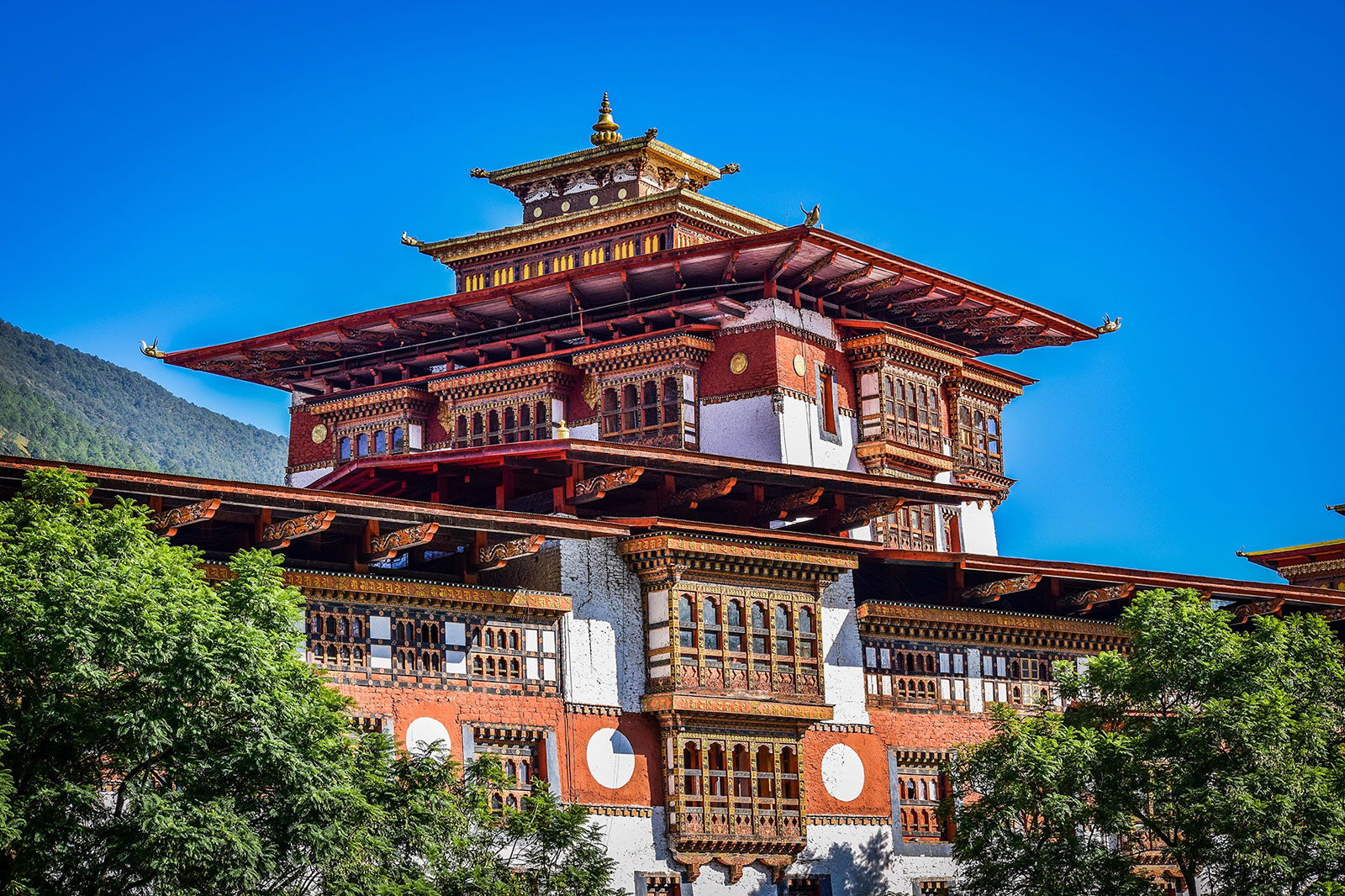Bhutan Hot spring therapy Tour.Hot springs are well known for curative properties. They are found in many places in Bhutan and have been used for centuries to cure the Bhutanese of various ailments ranging from arthritis, body aches, to even sinuses. It is during winter that Bhutanese visit the well-known hot springs. Gasa Tshachus or Gasa hot spring in western Bhutan is situated close to the banks of the Mo chu river. It is popular amongst Bhutanese. The Gasa hot springs are frequented not just by the people but even wild animals such as the Takin. Getting to Gasa hot spring is about ten hours trek from Punakha district or one can choose to travel half way by vehicle till a village called Damji. From Damji is about six hours trek till Gasa hot spring through beautiful hills of pine and oak forests. The route also takes us through small villages, bamboo forests and small streams. On reaching a pass one can see a beautiful view of Gasa dzong(fortress) seated below snow covered mountain. On the way one can enjoy nice outdoor picnic with packed lunch.
The other well known hot spring is the Chubu tshachu in Punakha. This hot spring is also located by the banks of the Pho chu river and can be reached within a days journey from Punakha town. In central Bhutan in Bumthang, we have the Dur Tshachu. Located in the village of Dur, this tshachu also has medicinal value and are known to cure body aches. Then we have the Duenmang tshachu in Zhemgang. Situated by the banks of Mangde chu, Duenmang tshachu is also being frequented by the Khengpas and the rest of the Bhutanese population. In southern Bhutan, you have the Gelephu tshachu situated yet again next to a stream. The tshachu is mostly frequented by the local residents and in winter by the other Bhutanese people that take trips to get cure themselves of diseases. Besides, there is the Menchu, a tradition of heating up stones and then soaking in the water that is in turn heated by the stones. This is also a curative method and is used throughout the country.









